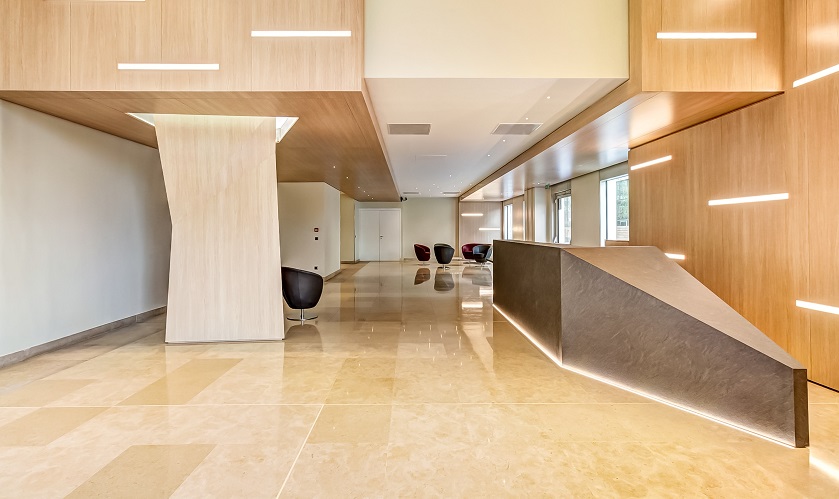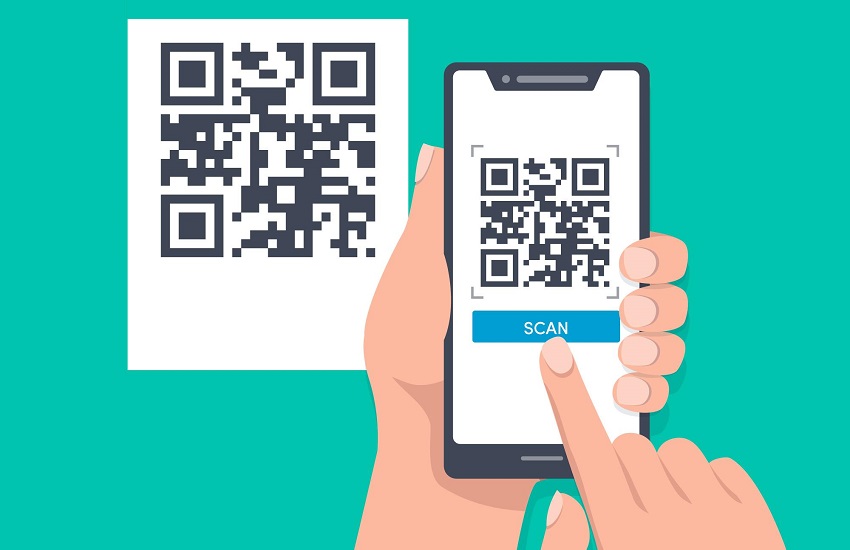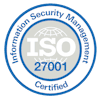Often receptionists and security guards find managing visitors to the office challenging.
Long queues and confusion at the reception make their jobs difficult.
What they need is proper visitor management.
Visitor management involves managing visitors’ arrival, tracking their usage of the office premises and ensuring that visitors have a great experience when they are at the office. However, the process of visitor management without automation can be tedious and time-consuming.
This is why organizations need a visitor management system (VMS).
According to a report by Markets&Markets, the global VMS market is projected to grow from USD 1.6 billion in 2023 to USD 3.0 billion by 2028. That’s almost double in 5 years.
What is a Visitor Management System?
VMS is a smart solution that allows organisations to automate their visitor management process by using technology to monitor, track, and record visitor information.
The combination of visitor management software, hardware, and databases allows for express check-in, interactive mapping and efficient visitor management workflows.
Who are the various types of Visitors?
For organizations that use a visitor management system, visitors can be broadly classified into two types:
- Pre-registered Visitors
- Walk-in Visitors
Pre-registered Visitors
Pre-registered visitors are individuals who have been anticipated and registered within the organization’s visitor management system ahead of their arrival. Typically, these visitors include guests, clients, or scheduled appointments such as consultants, vendors, or potential business partners.
Walk-in Visitors
Walk-in visitors are those who arrive at the organization unannounced or without prior registration. These visitors often include delivery personnel, couriers, maintenance workers, or individuals seeking impromptu meetings.
Visitor Registration with VMS
For Pre-registered Visitors
For those visitors that the host knows will come on a future date and time, the host has to feed the VMS basic information such as visitors’ full names, emails and phone numbers. There may also be optional fields like title, designation, etc.
The host asks for the guest’s email address. Since the guest is going to attend a meeting at the host’s office it is obvious that the latter knows the former’s name and mobile number.
Now, the host will go to the VMS, create an appointment and include the guest as a visitor. The host will enter into the VMS visitor data such as the name, email and mobile number of the guest.
Next, the host will invite the guest by sending an invitee through an email. The email will also contain the meeting link – the QR code link.
The QR code link is specific to the person invited, which means that each guest will get a unique QR code.
Once the guest is in the reception, he/she will click on the QR code link and the QR code will be visible. Then the guest needs to approach the kiosk placed in the reception which will have a tablet mounted on it.
The tablet will have a check-in button that the guest will need to press. The tablet will also have the camera on. The guest will need to get his/her QR code scanned by the camera.
Once the QR code is recognized, it will take the guest to a confirmation page where the guest’s name, email address and name will be shown to him/her. Also, the guest will get to see the host’s name.
The guest will then press the submit button. On submission, the guest will get a ‘Thank You’ message and the host will be notified via email, SMS or in-app message that the guest has arrived.
Some visitor management systems may provide a PIN instead of a QR code. In that case, the PIN needs to be entered at the kiosk. The rest of the process is the same.
The entire process is automated and requires minimal touch from the visitor. The visitor on his/her part is impressed by the smooth on-boarding and welcome experience which work well for the brand.
For Walk-in Visitors
Walk-in visitors will have to come into the reception, approach the kiosk and enter their details on the tablet. So, they have to register. They will enter their name, email address and phone number. If that person has visited before the system will retrieve the information and ask the person to make sure that the information is up to date.
Next, the visitor will have to indicate who he/she wants to meet and press the submit button. The system will notify the mentioned person that so and so has come to meet him/her.
The VMS maintains audit logs that maintain a detailed record of all visitor activities, including check-in and check-out times. This log provides administrators with a comprehensive overview of visitor traffic, enabling them to track entry and exit patterns, identify potential security breaches, and analyze historical data for optimization purposes.
The VMS can also blacklist certain individuals thus prohibiting them from entering the office. These blacklisted individuals could include former employees, known troublemakers, or unauthorized visitors. By flagging them within the system, security personnel can instantly recognize and prevent their entry
Also, since walk-in visitors may not be people the organization is well acquainted with, robust visitor management systems have a contact tracing feature that enables administrators to track the movements of these people within the office’s premises.
The best part is that for any reason if the administrator wants to find out about a certain person who walked in, he/she doesn’t have to flip through pages and pages of the logbook. Instead, the information will be available in a few clicks.
Wrapping Up
In conclusion, a visitor management system transforms the way organizations handle visitor interactions, offering efficiency and a seamless experience for both pre-registered and walk-in visitors.
A VMS-like ecobook doesn’t only make the process of managing visitors easy and more organized but by providing an accurate record of who is entering and leaving the premises and when, the software helps to enhance organizational safety and security.
As the global VMS market continues to grow rapidly, it’s evident that organizations are recognizing the immense value of implementing such solutions to enhance their visitor management processes.
For guidance and expert advice, you can always talk with our representative.





